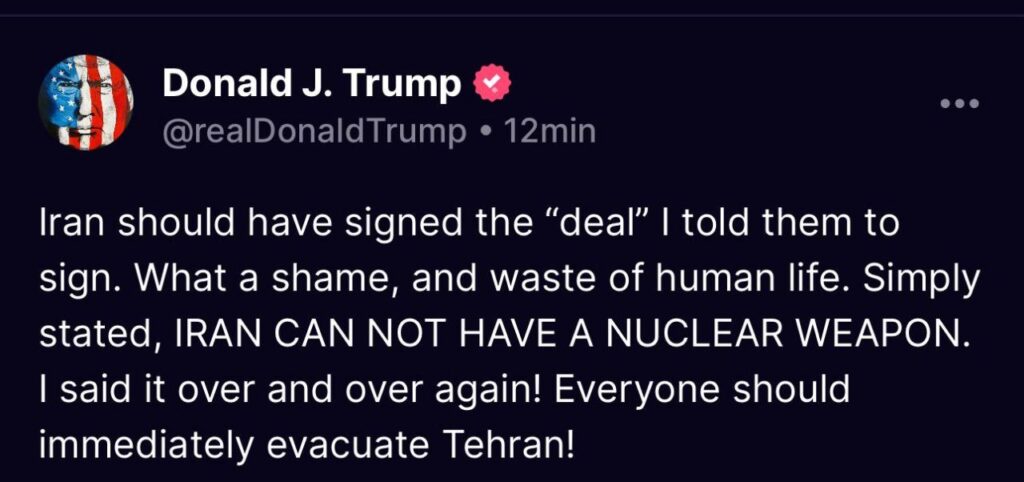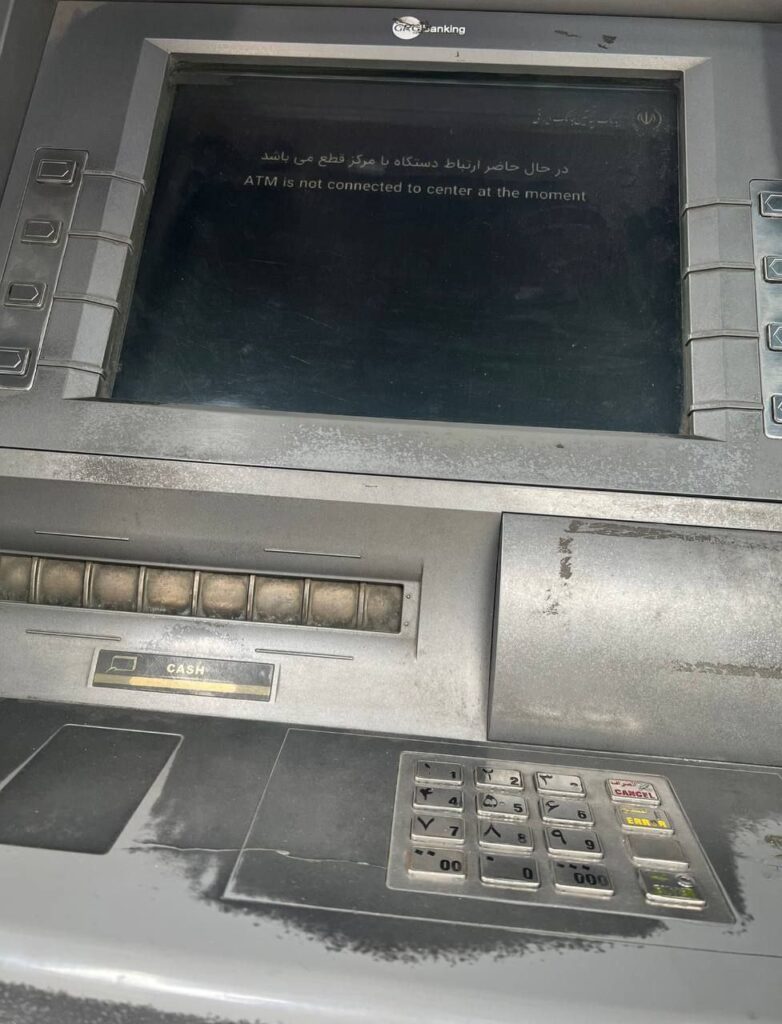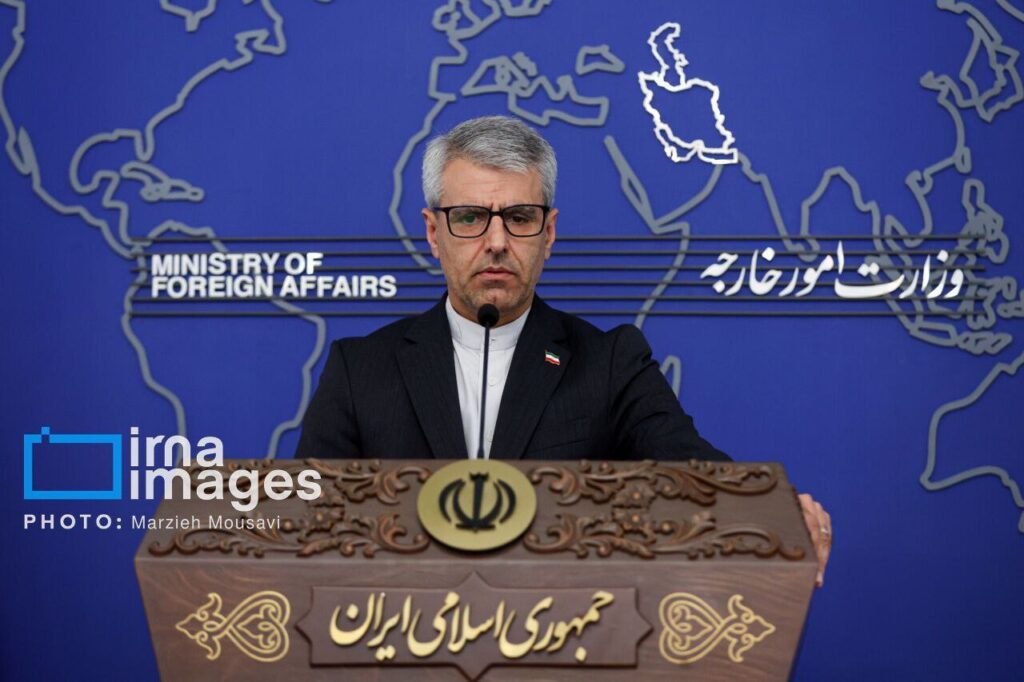Situation Report | “Operation Rising Lion” – The Israel-Iran War
Day 5 | Updated June 17th, 2025 14:00PM (Israeli Standard Time GMT+3)
Operational Clock War: Starting +105Hrs.
2nd report issued at +55Hrs.
3rd report issued at +83Hrs
For real-time updates click here

Military Developments
Israeli Operations
Key Points:
- Israel launched a comprehensive offensive on June 16, 2025, targeting Iranian missile sites, air defenses, and command centers, crippling Iran’s military capabilities.
- Over 120 ballistic missile launchers (an estimated one-third of Iran’s total) and 20 IRGC facilities were destroyed. Senior officials like Brig. Gen. Mohammad Kazemi and Maj. Gen. Ali Shadmani were killed, further disrupting Iran’s leadership.
- Israeli air superiority ensures near-uncontested skies, with operations expanding eastward and potentially to Iran’s southern coastline, targeting naval and oil assets.
- Oil refineries and gas depots south of Tehran were hit, causing logistical bottlenecks and intensifying economic pressure by disrupting fuel supplies.
- Israel justified Operation Rising Lion, claiming that Iran was nearing a nuclear point of no return, seemed to be contradicted by U.S. intelligence estimates which concluded that Iran is still three years away from achieving a nuclear weapon, with strikes only causing a few months’ delay.
- An Israeli airstrike in Iran targeted a secret command center used by the Iranian military’s top brass. It was used as the main military emergency headquarters.
Personnel Eliminated
- Among the most significant outcomes, the IDF confirmed the elimination of senior Iranian intelligence officials, including IRGC intelligence chief Brig. Gen. Mohammad Kazemi, his deputy Hassan Mohaqiq, the heads of Quds Force intelligence, and Gen. Ali Shadmani, a senior military commander. These targeted killings have significantly weakened Iran’s military leadership, disrupting command and control structures.
Reports indicate that Supreme Leader Ali Khamenei has been relocated to a secure bunker in northeastern Tehran as a precautionary measure against further Israeli strikes. Prime Minister Benjamin Netanyahu has openly stated that targeting Khamenei remains a possibility.
Overview
- Since June 16, 2025, Israel has launched a comprehensive offensive against Iran. The Israeli Air Force (IAF) has systematically targeted Iranian air defense systems and ballistic missile sites, beginning in western Iran and progressively expanding operations to central regions, including Tehran and Isfahan. Described by the Israel Defense Forces (IDF) as a gradual breach from west to east, this campaign has neutralized over 120 ballistic missile launchers—approximately one-third of Iran’s total capacity—and destroyed surface-to-air missile convoys, including a truck traveling between Tehran and Qom.
- Over 20 Islamic Revolutionary Guard Corps (IRGC) and military command centers have been struck, with Israeli drones conducting deep surveillance into Iranian airspace, providing critical intelligence for further strikes.
- The IAF has also destroyed two Iranian F-14 jets on the ground and targeted oil refineries and gas depots south of Tehran, aiming to disrupt regime logistics and civilian energy supplies.
- These attacks have caused logistical bottlenecks, exacerbating economic pressure within Iran by limiting fuel availability and disrupting supply chains critical to both military and civilian sectors.
- Gen. Shlomi Binder, Commander of the IDF Intelligence Corps, emphasized the IDF’s commitment to neutralizing Iran’s missile threat and degrading its nuclear infrastructure until the existential danger to Israel is eliminated. He suggested that the Israeli intelligence still has more “surprises” down the road.
Iranian Attacks
Key Points:
- Iran launched ballistic missiles and drones, targeting Haifa, Tel Aviv, Herzliya injuring 5 civilians, and other strategic assets, with a missile hitting the Bazan oil refinery in Haifa, killing three.
- 24 Israelis killed and 2,000 displaced since Friday’s barrage, with significant impact in Petah Tikva and Tel Aviv, where hundreds are now homeless.
- Israel’s air defense systems have intercepted most attacks, but Iran’s diminished launchers still pose an acute threat, as some projectiles evade interception.
- Israel’s advanced air defense systems, including the Arrow and David’s Sling, have intercepted most incoming threats, but some missiles and drones have penetrated, underscoring the acute danger to Israeli population centers. The destruction of many Iranian launchers by Israeli strikes has significantly diminished Iran’s capacity to conduct large-scale barrages, but the remaining launchers and drones continue to pose a persistent threat, requiring constant vigilance from Israel’s defense forces.
Inside Iran
Key Points:
- Millions flee Tehran amid fuel shortages, gridlocked highways, and internet blackouts, with public services paralyzed and 14 arrested for “pro-Israel” social media posts.
- Israeli airstrikes hit IRIB state TV during a live broadcast, killing three, while Israeli-linked hacker group Gonjeshke Darande’s (Predatory Sparrow) cyberattack on Bank Sepah disrupted banking services and crashed the rial from 840,000 to 955,000 against the USD, limiting IRGC funding. Bank Sepah had been used primary by Iranian security personnel. The attack disrupted online banking services, including ATM withdrawals, and reportedly destroyed critical financial data, severely hampering the bank’s operations. Iran’s Fars News Agency acknowledged the disruption.
- Iranian hackers infiltrated Israeli Kan 11, inserting propaganda, while Israeli messaging and opposition media fuel regime change calls.
- On June 17, 2025, the reformist newspaper Shargh published a statement urging a cessation of hostilities, citing national security concerns and the over 220 civilian deaths caused by the conflict. This reflects growing elite concern over economic strain and regime stability, as public frustration mounts over civilian casualties and infrastructure damage.
- The war has triggered widespread civilian anxiety and severe economic disruption within Iran, profoundly impacting daily life. Central Tehran and the Grand Bazaar have emptied, with millions fleeing the capital amid traffic jams and acute fuel shortages. Gas stations across the country are dry, and northern highways are gridlocked, paralyzing public services and stranding residents.
- The Iranian regime has imposed internet blackouts to control information flow and arrested 14 individuals for posting “pro-Israel” content on social media, signaling desperate efforts to suppress dissent and maintain public order.
- Opposition and diaspora media have capitalized on these events, amplifying calls for regime change and highlighting signs of government fragility. Israeli messaging campaigns have reached millions of Iranians, bypassing regime censorship and fueling internal unrest.
Geopolitical Reactions
Key Points:
- President Donald Trump has taken a hardline stance, rejecting ceasefire calls and demanding a definitive end to Iran’s nuclear ambitions. On June 17, 2025, Trump dismissed reports of peace talks as “fake news”, praising Israel’s strikes as “very successful” and warning Iran to agree to a deal or face further destruction, stating, “You better agree before there is nothing left.” In a Truth Social post, he emphasized that Iran is weakened, its leadership in chaos, and its military battered, insisting on no talks until Iran ends its “nuclear nonsense.” This marks a shift from his June 13, 2025, optimism about resuming nuclear negotiations, aligning now with Israel’s escalation.
- The S. has bolstered its military presence in the region, with the USS Nimitz, previously stationed in the Pacific Fleet’s homeport of Bremerton, Washington, redeployed toward the Middle East to join the USS Carl Vinson, already positioned in the Persian Gulf. Additional U.S. assets, including B-52 bombers and F-22 stealth fighters, have been repositioned to bases in Qatar and the United Arab Emirates, signaling a show of force despite official denials of direct U.S. military involvement.
- Tulsi Gabbard, the isolationist Director of National Intelligence (DNI), has downplayed the Iranian threat, arguing against U.S. military action in Iran, which creates tension with Israel and more hawkish elements in the Trump administration.
- Iran has sought a ceasefire through diplomatic channels, contacting Oman, Qatar, and Saudi Arabia to convey messages to Trump. On June 17, 2025, Iranian Foreign Minister Araghchi stated that Iran “has no interest in further bloodshed” but would “proudly fight to the last drop of blood” to defend its land, people, and dignity, reflecting a dual approach of defiance and openness to de-escalation. Iran’s UN envoy, Amir Saeid Iravani, requested an emergency UN Security Council session, condemning Israeli strikes as “state terrorism” and a “flagrant violation of international law,” urging global condemnation to halt Israel’s actions.
- Russia,China, and Pakistan support Iran, with Pakistan supplying missile guidance kits and Houthis attacking Israeli ports, driving oil price surges and threatening the Strait of Hormuz.
- Iran has threatened to strike British and French bases in the region if they assist Israel, escalating tensions with Western powers.
- Prime Minister Netanyahu gave interviews to ABC and Fox Newsframing the conflict with Iran as a shared battle for Israel and the United States, emphasizing that Iran’s aggression threatens American cities and Western civilization. He said that Iran is interested in America’s destruction with chants of “Death to America” and two assassination attempts against President Donald Trump and other senior officials in the American government. He said that Iran was planning on engineering an ICMB capable of reaching American cities. He said, “Today, it’s Tel Aviv. Tomorrow, it’s New York. Look, I understand ‘America First’. I don’t understand ‘America Dead’. That’s what these people want. They chant ‘Death to America.’ So, we’re doing something that is in the service of mankind, of humanity, and it’s a battle of good against evil. America does, should, and does stand with the good. That’s what President Trump is doing, and I deeply appreciate his support”.
Projections
Key Points:
- Home Front Command on high alert, issuing missile alerts, orchestrating evacuations, and providing emergency shelters to displaced civilians in cities like Haifa and Tel Aviv.
- War may last months, with emergency protocols and mental health services fully mobilized to support resilience amid threats to daily life.
Assessment: The conflict risks regional spillover, particularly if U.S.\European assets are targeted. Civilian casualties and critical infrastructure damage are mounting, with no near-term de-escalation likely. However, meaningful strikes by the United States can lead to a quick cessation of hostilities, as B-2 Stealth Bombers have the capacity to efficiently and more rapidly strike underground nuclear facilities, leading to their full dismantlement.


Credit: Telegram Chanel “Abu Ali Express”


Credit: Iran News on Telegram


